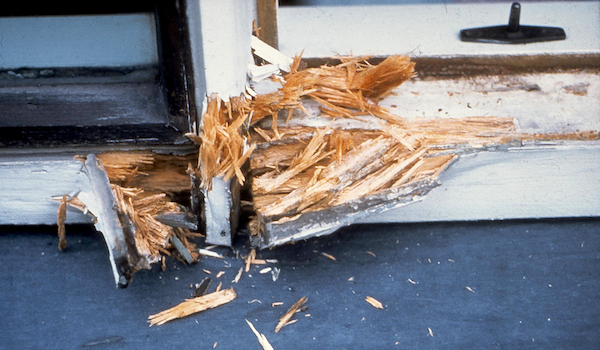Brown powder, white powder and gray powder
Refers to various forms of degradation caused by wood-degrading fungi. The 3 main components of wood are cellulose, lignin and hemicellulose. Cellulose, which is made up of long, twisted fibers, has the function of creating breaking strength in wood. In much the same way as concrete is given tensile strength by embedding an iron mesh (riven mesh). When the wood-degrading fungus breaks down the cellulose fibers, the breaking strength is removed and this degradation is called brown mold. With brown mold, the wood turns brown and cracks into blocks along and across the grain (fiber direction). House fungus, yellow dry rot, white dry rot, cork fungus and fan fungus are examples of brown mold-forming fungi.
Lignin, on the other hand, is the wood's "filler" - like the cement in a concrete pour. If the wood-degrading fungus breaks down the lignin in the wood, the cellulose strands will be left behind as distinct strands. This degradation is called white mold. In whitewool, the wood is pulpy and soft and does not crack. Coniferous wood does not change color, darker hardwoods become bleached. White mold fungi include bark fungi and fireblight fungi.
With gray mold (surface rot), the wood turns gray and loses weight, but retains its shape. Wet wood can be compressed, but regains its shape when the pressure is released. With severe drying, small cracked blocks are formed. Gray mold is caused by special fungi that form tunnels inside the cell walls of the wood as they decompose.
Mushrooms at a glance

